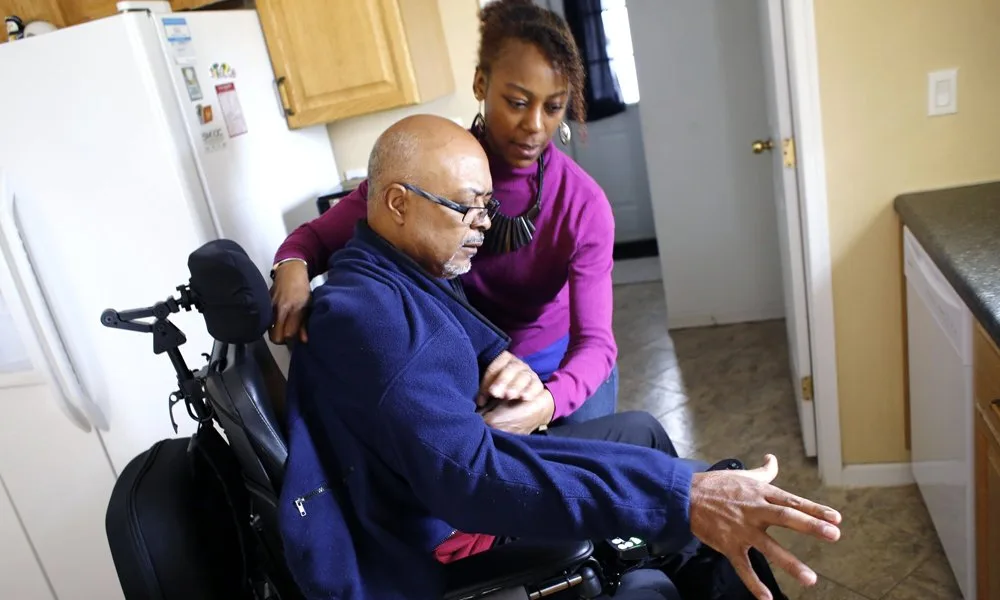Feeling overwhelmed? A little stressed? It’s a feeling many of us know well, and while we’ve learned to “push through,” wouldn’t it be nice to have a way to simply turn down the volume? Tapping therapy, also known as Emotional Freedom Techniques (EFT), might look a little unusual at first—a gentle tap here, a light tap there—but this simple practice has been gaining attention for its ability to calm the nervous system and quiet the constant hum of worry.
This emerging technique combines elements of modern psychology with a practice as old as time: acupressure. It’s a bit like giving your brain and body a reassuring pat on the back. While some remain skeptical, a growing body of research is showing that EFT can be a powerful tool for finding relief from everyday stress, anxiety, and even old emotional wounds.
What Exactly Is This Tapping Business?
Think of it as a conversation between your mind and your body. When we get stressed, our bodies go into fight-or-flight mode. Our heart rate quickens, our muscles tense, and our brains become hyper-focused on the threat, whether it’s a traffic jam or a difficult memory.
Tapping aims to interrupt that cycle. Here’s the magic: while you gently tap on specific acupressure points on your face and upper body, you simultaneously focus on the stressful thought or feeling. This might seem counterintuitive, but it works by sending a “calm” signal to your brain. It’s like telling your over-anxious nervous system, “Hey, it’s okay, we’re safe.” In fact, brain imaging studies suggest that tapping can soothe the amygdala—the brain’s alarm system—and help you regulate your stress response.
The Science Behind the Simple Action
You might be thinking, “This sounds too good to be true.” And you’re not alone. The technique is still considered “experimental” by some experts, who point to a need for more extensive research. But that hasn’t stopped the impressive results from coming in.
Clinical psychologist Dr. Peta Stapleton, a leading researcher on EFT, explains it beautifully: “You’re actually doing something biological to yourself.” A recent meta-analysis in Frontiers in Psychology found that EFT was associated with significant reductions in post-traumatic stress symptoms. Other studies have recorded decreases in stress hormones and improved heart rate variability. These aren’t just feelings; they’re measurable, physical changes.
For Dr. Dawson Church, another longtime EFT researcher, the proof is in the results he sees. He’s witnessed veterans with decades-old trauma feel their distress melt away after just a few minutes of tapping. While it’s not a miracle cure, and results vary from person to person, the fact that a simple, self-administered technique can have such a profound effect is truly remarkable.
Ready to Tap? Here’s How You Start
Curious to try it for yourself? You can do a basic tapping sequence on your own. There are nine key points, and the process is straightforward:
- Identify the Problem: Pick a single issue to focus on, such as, “Even though I’m worried about my appointment tomorrow…”
- Rate the Intensity: On a scale from 0 (no stress) to 10 (highest stress imaginable), how intense does the feeling feel right now?
- Say Your “Setup Statement”: While tapping the “karate chop” point on the side of your hand, say your problem statement and add a phrase of acceptance, like, “…I deeply and completely accept myself.” This is about acknowledging the feeling without judgment.
- Tap Through the Points: Gently tap through the nine points—eyebrow, side of the eye, under the eye, under the nose, chin, collarbone, under the arm, and top of the head—repeating a shortened version of your statement, such as “this worry about my appointment.”
- Re-evaluate: Check your intensity rating. Has it gone down? You can repeat the cycle as needed until you feel relief.
Takeaway
Remember, this is a tool for self-care, not a replacement for professional help. If you’re dealing with deeper or more complex issues, it’s always best to work with a trained practitioner who can guide you safely.
With a little practice, this gentle technique can become a quiet, reassuring moment in your day—a way to gently tap your way back to calm.
Source:
What Is Tapping Therapy? How Emotional Freedom Techniques (EFT) Works











